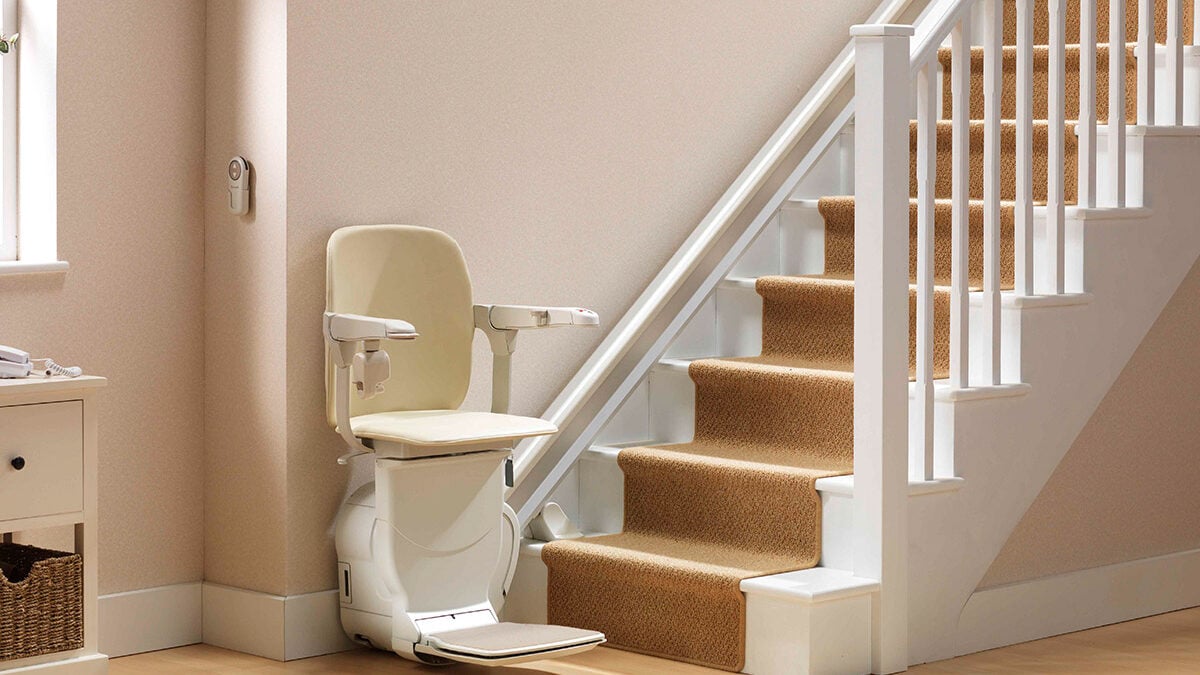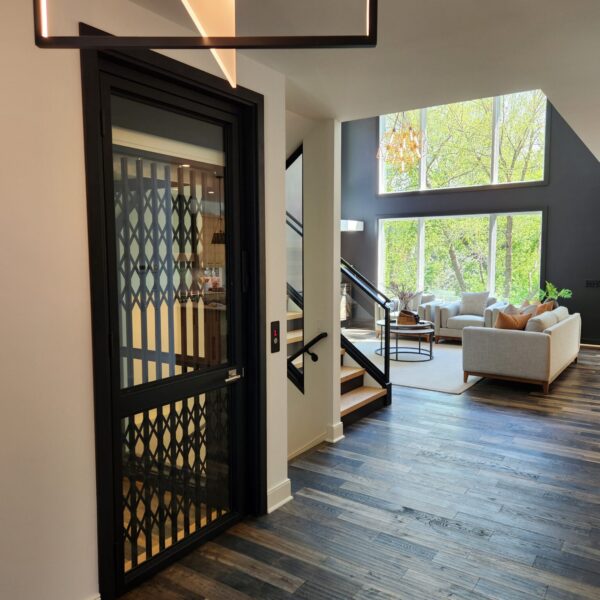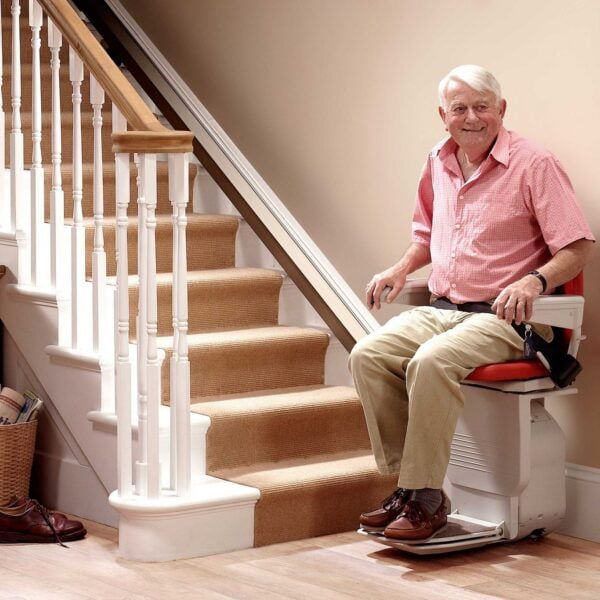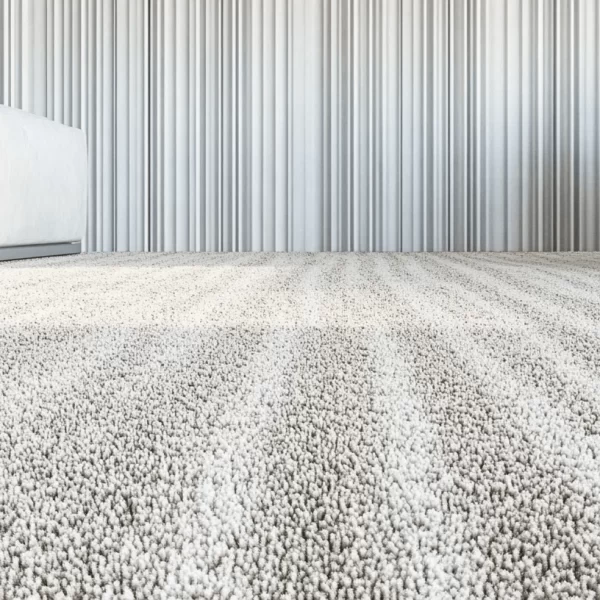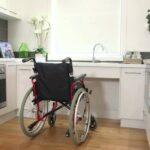
Building Independence: Top 10 Features Every Handicap Accessible Home Should Have
November 12, 2024
A Guide for Senior’s who wish to Age-in-Place at home
November 19, 2024Navigating a multilevel home can significantly challenge individuals with mobility issues. Traditional stairs often present a physical barrier, limiting access and independence within one’s own home. However, by choosing to incorporate stair alternatives, whether you’re planning a remodel or seeking ways to make your home more inclusive, you’re taking a critical step toward creating a fully accessible environment. In this blog, we’ll explore innovative solutions like ramps, stairlifts, and home elevators, empowering you to ensure every level of your home is within reach.
Ramps – A Simple and Effective Solution For homes with a few steps or gradual elevation changes, ramps are often the most straightforward and cost-effective solution. They provide a smooth incline for wheelchairs, walkers, or anyone who finds stairs challenging to navigate.
- Types of Ramps: Ramps come in various materials and styles, including wooden, aluminum, and concrete options. Modular ramps are pre-fabricated and easily installed, while custom-built ramps can be designed to fit seamlessly with your home’s aesthetic.
- Slope Considerations: The Americans with Disabilities Act (ADA) recommends a 1:12 slope ratio—meaning one inch of rise for every 12 inches of length—to ensure safety and ease of use.
- Design Tips: Incorporate railings, non-slip surfaces, and proper drainage to enhance functionality and safety. Ramps can also be landscaped or covered to blend into the home’s exterior design.
Stairlifts – A Practical Retrofit for Existing Stairs Stairlifts are an excellent solution for those who wish to maintain the integrity of their existing staircase while adding accessibility. These motorized chairs glide along a rail system mounted to the stairs, providing a secure and comfortable ride.
- Customization Options: Modern stairlifts are highly customizable to fit straight, curved, or narrow staircases. Many models also feature foldable seats, armrests, and footrests to save space when not in use.
- Installation and Costs: Stairlift installation is relatively quick and non-invasive, making it a popular choice for retrofitting. Prices vary depending on the complexity of the staircase, but they are generally more affordable than elevators. It’s also important to consider the ongoing maintenance and repair costs of these alternatives, which can vary depending on the type and model.
- User Benefits: Stairlifts are ideal for individuals who can sit safely and transfer in and out of the chair. They are a dependable option for maintaining mobility without significant structural changes, providing a sense of safety and security as you move between levels of your home.
Home Elevators – Luxury Meets Accessibility For a genuinely seamless and luxurious accessibility solution, home elevators are an increasingly popular choice. Once considered a luxury reserved for the wealthy, advancements in technology and design have made home elevators more accessible to a wider range of homeowners.
- Types of Elevators: Residential elevators come in various forms, such as hydraulic, traction, and pneumatic vacuum models. Each type has unique advantages depending on space, budget, and aesthetic preferences.
- Space Requirements: Many modern elevators are designed to fit into compact spaces, often utilizing existing closets or corners. A thorough assessment of your home’s layout is essential for proper planning.
- Energy Efficiency and Safety: Today’s home elevators are equipped with energy-efficient motors and advanced safety features like emergency brakes, battery backup, and smooth-stop technology.
- Cost and Value: While elevators involve a higher upfront cost, they add significant value to your home and can be a long-term solution for accessibility. This added value can give you confidence in your investment, knowing that it not only enhances your home’s accessibility but also its overall worth.
Platform Lifts – Versatile and Compact Solutions Platform lifts, also known as vertical lifts, are versatile options that function similarly to elevators but are more compact and often less expensive. These lifts are perfect for shorter vertical distances, such as moving between a garage and a main floor or accessing a porch.
- Types of Platform Lifts: There are enclosed and open platform lifts, with the former offering more weather protection for outdoor use.
- Installation Considerations: Platform lifts require minimal structural modifications, making them a practical choice for retrofitting homes. They can be installed indoors or outdoors, depending on the need.
- Safety Features: Look for models with non-slip surfaces, safety gates, and weight capacity that suit your requirements.
- Best Use Cases: Platform lifts are particularly beneficial for individuals who use wheelchairs or scooters, as they eliminate the need to transfer to a separate chair.
Creative Architectural Solutions For homeowners seeking unique ways to integrate accessibility, there are architectural solutions that go beyond conventional stair alternatives.
- Split-Level Design Adjustments: If you’re building or remodeling, consider reconfiguring a split-level home to reduce the number of stairs needed between sections.
- Gradual Incline Pathways: Indoors, a gradual incline pathway can replace traditional stairs, creating a ramp-like effect that is both functional and visually appealing.
- Sliding or Folding Steps: Some modern designs feature steps that fold into a ramp when needed, providing flexibility and a sleek aesthetic.
- Customizable Multi-Use Spaces: Combine stair alternatives with functional design elements like storage, seating, or display areas to maximize utility and space efficiency.
Making a multilevel home accessible requires thoughtful planning and the right combination of solutions tailored to individual needs. From the simplicity of ramps to the luxury of home elevators, there are numerous ways to ensure your home is welcoming and inclusive for everyone. By investing in these stair alternatives, you not only enhance the functionality of your home but also improve the quality of life and independence for individuals with mobility challenges. Remember, accessibility is not just about compliance; it’s about creating a space where everyone can thrive. CAPS Remodeling specializes in designing and installing solutions that enhance both safety and aesthetics. Contact us today to explore how we can help transform your home into an accessible and beautifully designed living space!

Introducing Jeff Cates, the visionary Founder and Owner of CAPS Remodeling. After experiencing a profound personal event involving his son in 2007, Jeff was inspired to serve a higher purpose: to create safer, more comfortable, and independent living conditions for the elderly and disabled by modifying their current homes. Jeff’s deep-seated religious beliefs form the moral compass that steers CAPS daily operations. Apart from his unwavering dedication to his work, Jeff finds joy in boating and cherishing moments with his family.

